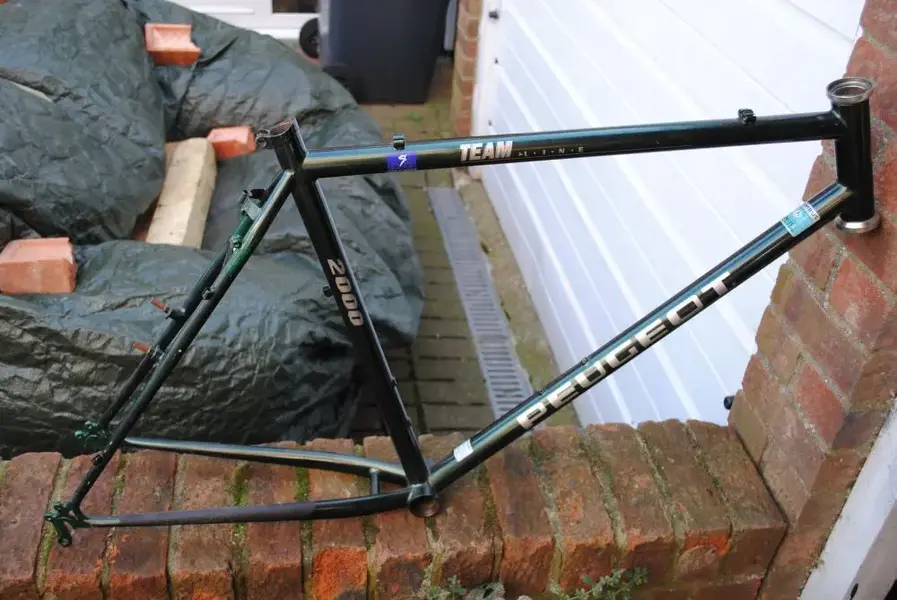pwebb
Retro Guru
I have weighed a 56cm lee cooper built 853 frame at 1.330 kg and 708 fork at 1.05 kg making that frame set under 2.4 kg . This is lighter than the all 753 sbdu frame I also built up this year.
For the absolute lightest Reynolds I believe 931 and 953 allow frame builders to go lighter still, however they are effectively unobtainium like the 853 pro T that was once used by pro teams. Like the posters in this thread, I have heard that Columbus record and various ishiwata tubes enable similarly light results but I would not count them as being mainstream available either. For us mortals I think Columbus and Reynolds are about as exotic as it gets and a huge step up from the average cromoly frame. I would say that the lugs and dropouts in the early 80s frames I mention above were filed right down by the frame builders and that has had as much of a weight reducing effect as the exotic tubes ( plus makes the whole frame look much more elegant) but I doubt they would meet modern standards of durability as a result.
For the absolute lightest Reynolds I believe 931 and 953 allow frame builders to go lighter still, however they are effectively unobtainium like the 853 pro T that was once used by pro teams. Like the posters in this thread, I have heard that Columbus record and various ishiwata tubes enable similarly light results but I would not count them as being mainstream available either. For us mortals I think Columbus and Reynolds are about as exotic as it gets and a huge step up from the average cromoly frame. I would say that the lugs and dropouts in the early 80s frames I mention above were filed right down by the frame builders and that has had as much of a weight reducing effect as the exotic tubes ( plus makes the whole frame look much more elegant) but I doubt they would meet modern standards of durability as a result.



